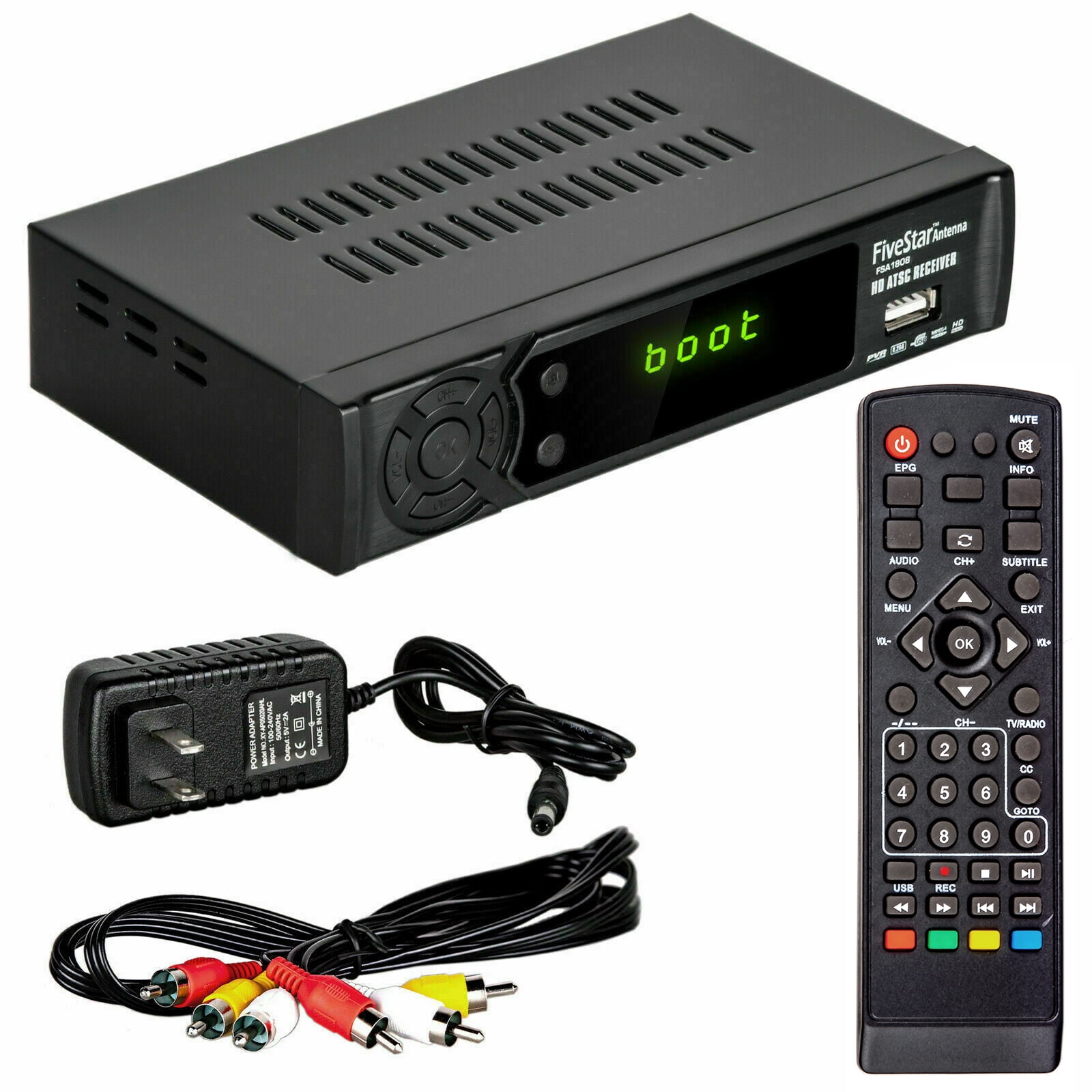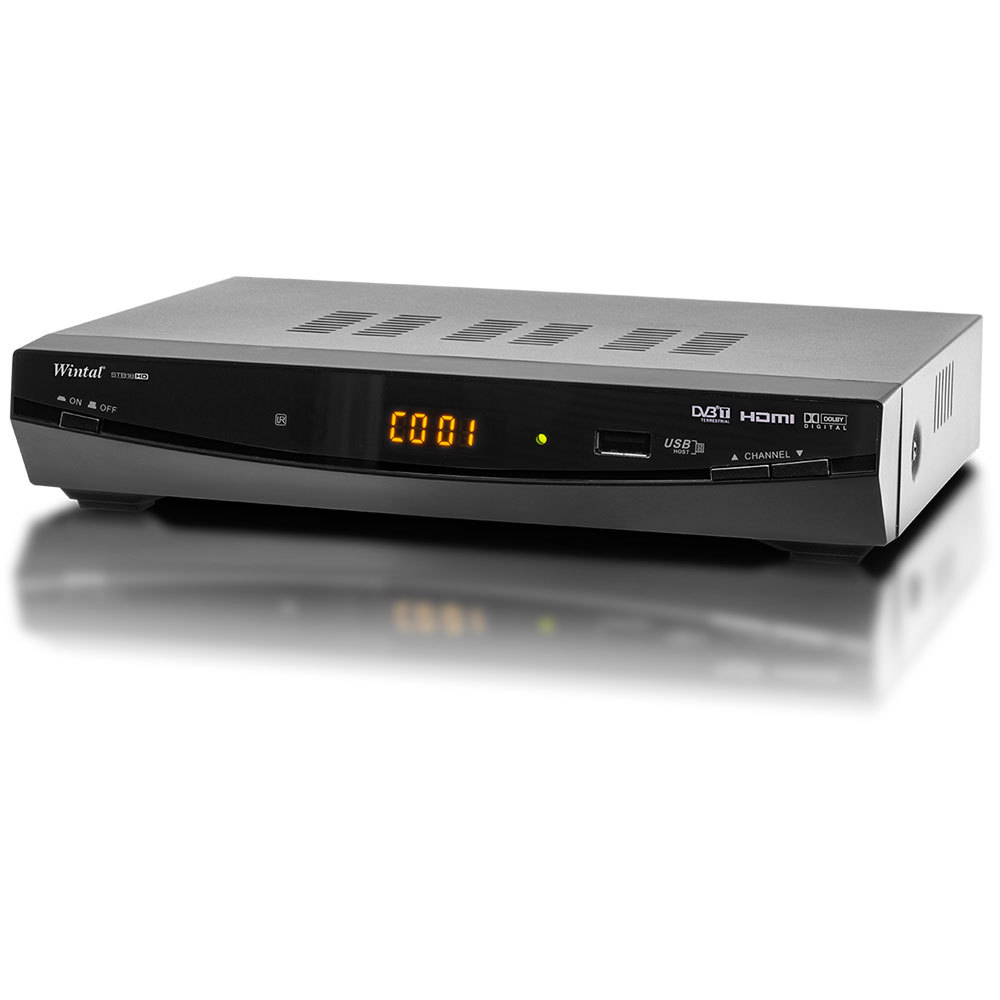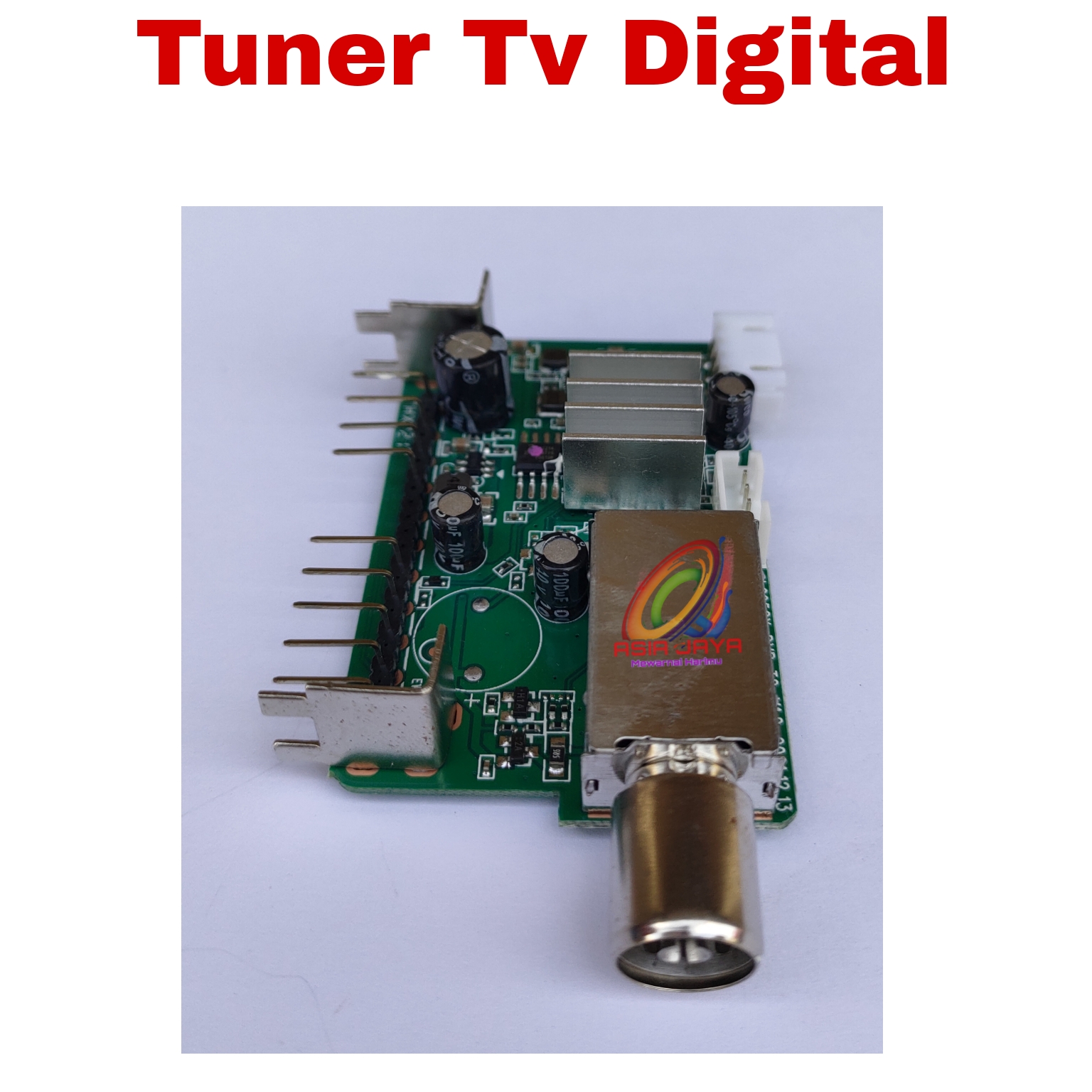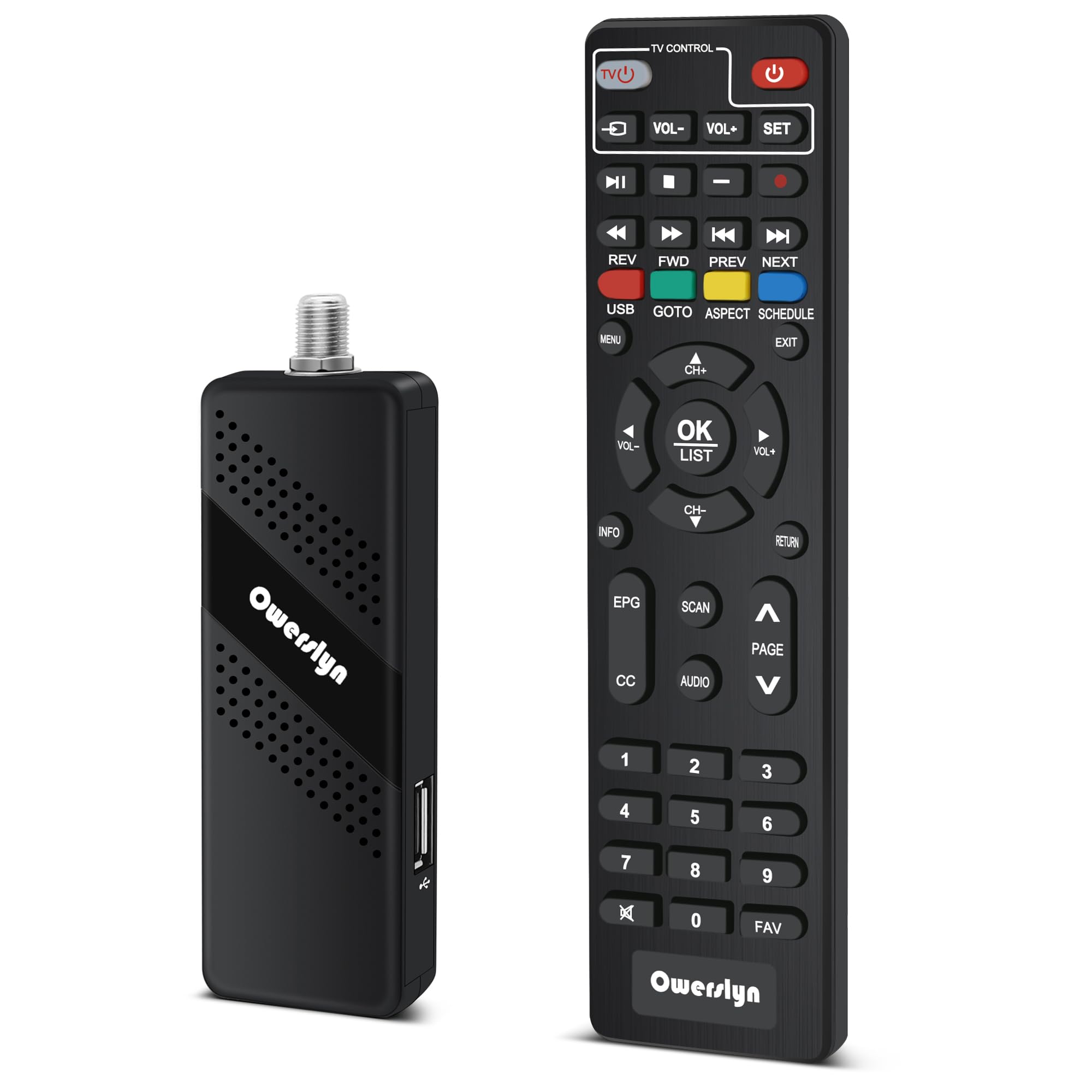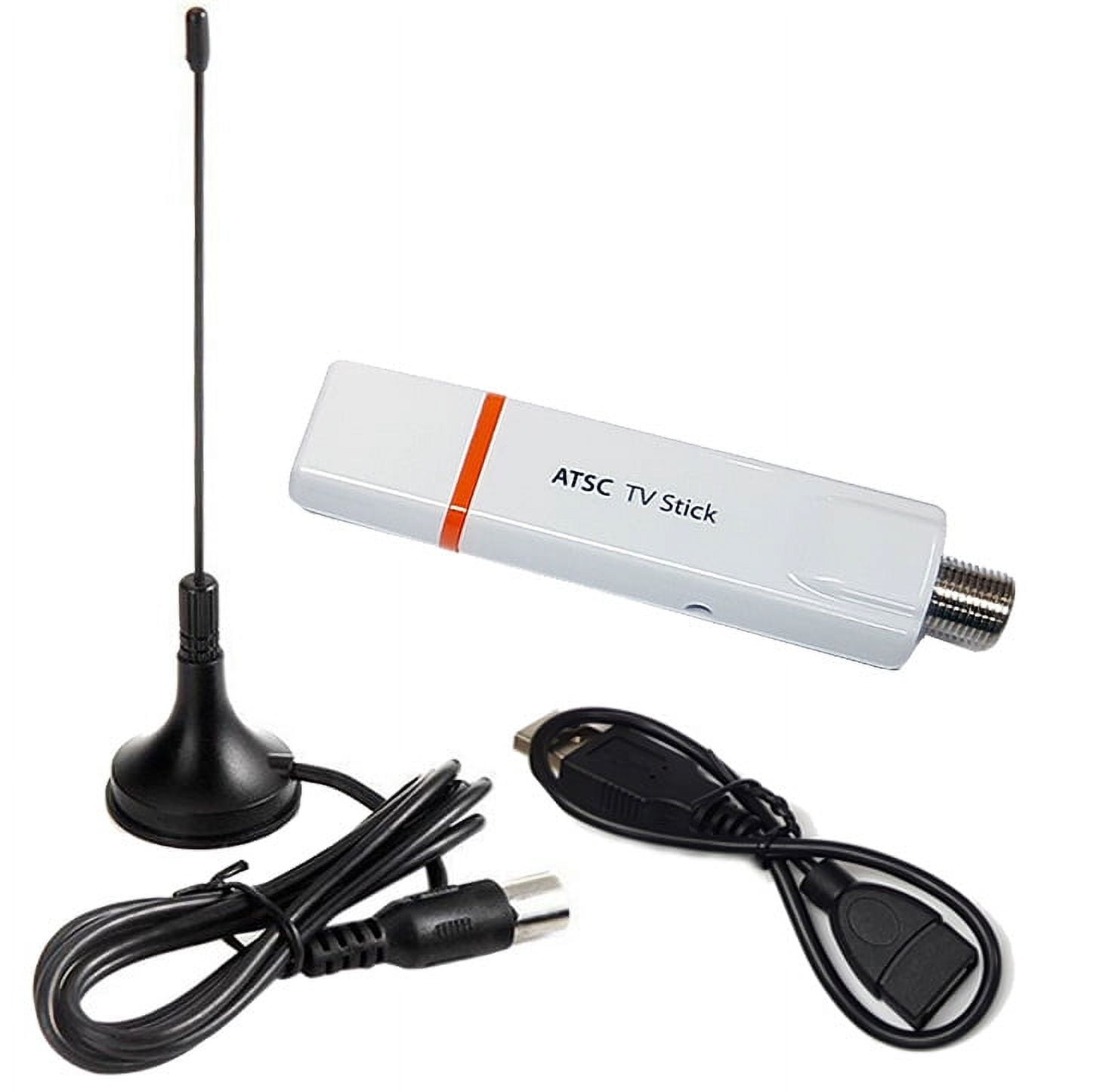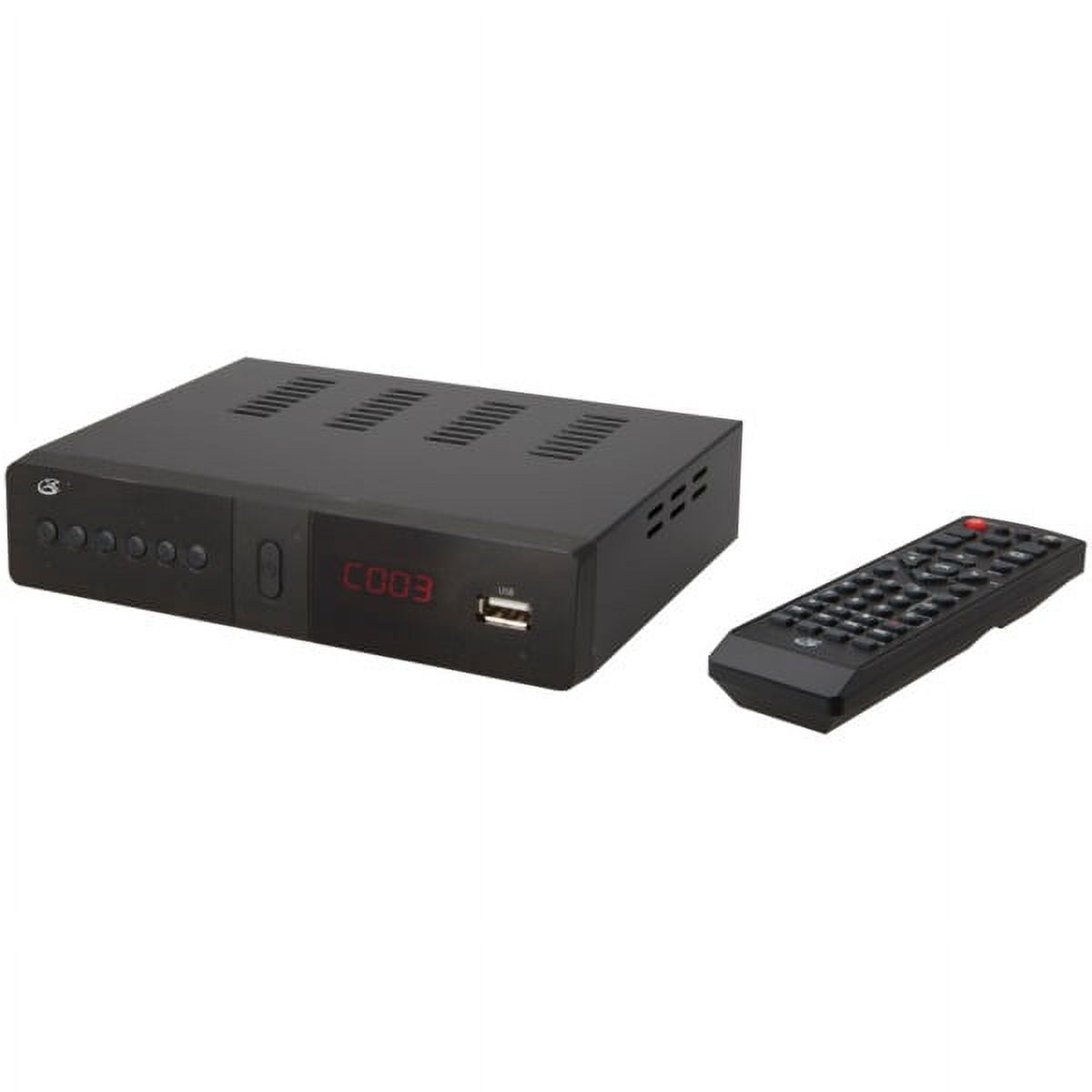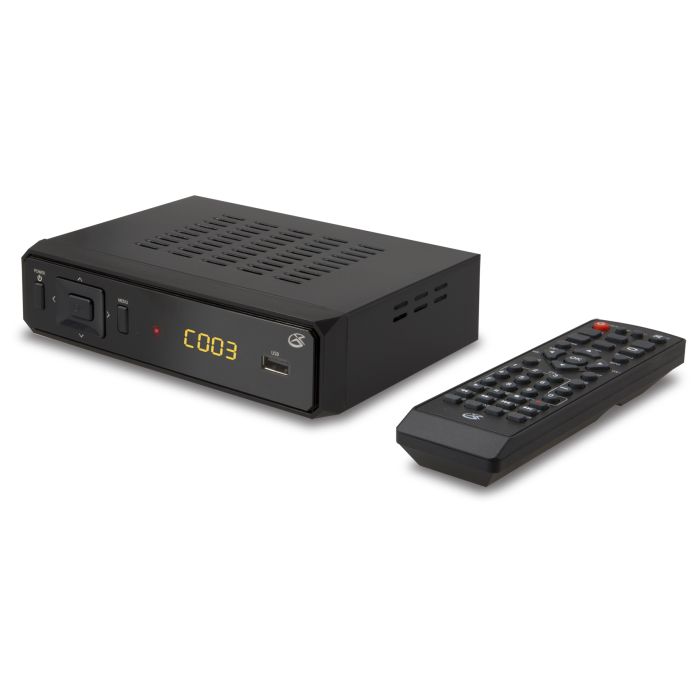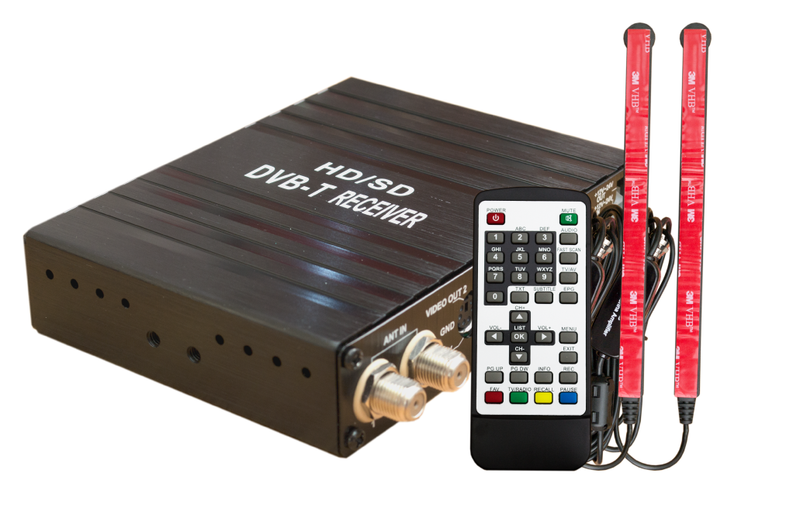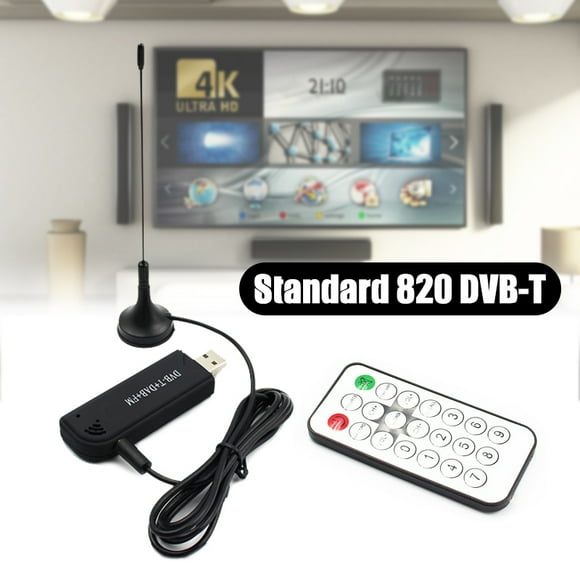What Is A Digital Tv Tuner

Digital TV tuners are essential components for receiving over-the-air digital broadcasts. Millions risk losing access to local news and entertainment if they lack the right equipment.
This article clarifies what a digital TV tuner is, where to find one, and how it impacts your viewing experience now that analog broadcasts are obsolete. Understanding this technology is crucial to ensure continued access to free, over-the-air television.
What Exactly Is a Digital TV Tuner?
A digital TV tuner is a device that decodes digital television signals transmitted over the air. Think of it as a translator, converting the broadcast waves into a picture and sound your television can display.
Before the digital transition, analog tuners were standard. Now, with most countries phasing out analog, digital tuners are necessary for receiving over-the-air (OTA) broadcasts.
Key Differences: Analog vs. Digital
Analog signals are continuous waves, prone to interference and degradation. Digital signals are discrete packets of data, offering clearer pictures and sound, as well as the ability to transmit more channels within the same bandwidth.
The shift to digital broadcasting aimed to improve picture quality and free up spectrum for other uses. This is why the old analog tuner in your older TV won't work without a digital converter.
Where Are Digital TV Tuners Found?
Most modern televisions manufactured after 2007 include a built-in digital TV tuner. These are commonly referred to as ATSC (Advanced Television Systems Committee) tuners.
If you have an older television without a built-in digital tuner, you'll need a separate digital converter box. These boxes connect to your TV via coaxial cable or composite video cables.
Digital TV tuners can also be found in devices like USB TV tuners for computers. Some set-top boxes and DVRs (Digital Video Recorders) also include digital tuners.
How Does a Digital TV Tuner Work?
The tuner receives the digital signal from an antenna. This antenna can be indoor or outdoor, depending on your location and the strength of the signal.
The tuner then decodes the digital signal, extracting the audio and video data. This data is then processed and sent to your TV for display.
Essentially, the digital TV tuner translates the complex digital language of the broadcast signal into a format your TV understands.
Why Is a Digital TV Tuner Important?
Without a digital TV tuner, you cannot receive over-the-air digital broadcasts. This means you will miss out on local news, weather, and entertainment programming offered for free.
For many, especially those in rural areas or with limited income, over-the-air television is a crucial source of information and entertainment. A digital tuner ensures access to this resource.
The transition to digital broadcasting was mandated by governments to free up valuable bandwidth. So, a digital tuner is mandatory to keep enjoying local channels over the air.
Ensuring You Have the Right Equipment
First, check your television's specifications to see if it has a built-in ATSC tuner. Look for the term "ATSC tuner" or "digital tuner" in the manual or on the manufacturer's website.
If your TV doesn't have a built-in tuner, purchase a digital converter box from an electronics retailer. Make sure it's compatible with your TV and antenna.
Connect the antenna to the tuner or converter box, and then connect the tuner or converter box to your TV. Follow the on-screen instructions to scan for available channels.
The Impact of the Digital Transition
The digital transition has led to clearer picture and sound quality. It also allows broadcasters to transmit multiple channels (subchannels) on a single frequency.
This increased efficiency has opened up new possibilities for broadcasting and data transmission. It also enables interactive features, such as electronic program guides (EPGs).
The transition, while beneficial overall, necessitated adjustments for viewers reliant on over-the-air broadcasts. This underscores the importance of understanding digital TV tuners and their function.
The Future of Digital TV
The broadcasting landscape is constantly evolving. NextGen TV, also known as ATSC 3.0, is the latest standard, promising even better picture and sound quality, along with interactive features.
As technology advances, it’s crucial to stay informed about the latest developments in digital television. Consumers need to be ready to adapt as new standards emerge.
Stay tuned for updates on NextGen TV adoption and what it means for your viewing experience. Make sure your equipment stays up to date.


